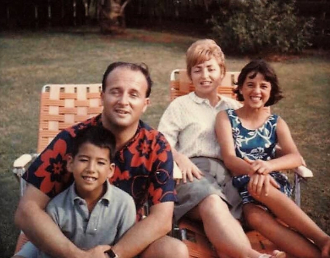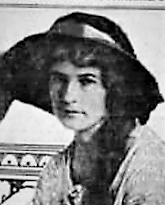Advertisement
Advertisement
Ana Zorbić
About me:
I haven't shared any details about myself.
About my family:
I haven't shared details about my family.
Updated: December 25, 2022
Message Ana Zorbić
Loading...one moment please


Recent Activity

Ana Zorbić
loved a story
Dec 25, 2022 3:08 PM

Ana Zorbić
followed a member
Dec 25, 2022 3:07 PM

Ana Zorbić
loved a story
Dec 25, 2022 3:07 PM

Ana Zorbić
joined AncientFaces!
Dec 25, 2022 3:07 PM
joined
Member as of December 25, 2022
Member as of December 25, 2022
Photos Added
Ana hasn't shared any photos yet.
Recent Comments
Ana hasn't made any comments yet
Ana's Followers
Be the first to follow Ana Zorbić and you'll be updated when they share memories. Click the to follow Ana.
Favorites
Loading...one moment please


Kathy Pinna
I'm a Founder of AncientFaces and support the community answering questions & helping members make connections to the past (thus my official title of Founder & Content and Community Support ). For me, it's been a labor of love for over 20 years. I truly believe with all of my heart that everyone should be remembered for generations to come.
I am 2nd generation San Jose and have seen a lot of changes in the area while growing up. We used to be known as the "Valley of Heart's Delight" (because the Valley was covered with orchards and there were many canneries to process the food grown here, which shipped all over the US) - now we have adopted the nickname "Capital of Silicon Valley" and Apple, Ebay, Adobe, Netflix, Facebook, and many more tech companies are within a few miles of my current home in San Jose (including AncientFaces). From a small town of 25,000, we have grown to 1 million plus. And when you add in all of the communities surrounding us (for instance, Saratoga, where I attended high school, living a block from our previous Mayor), we are truly one of the big cities in the US. I am so very proud of my hometown. For more information see Kathy - Founder & Content and Community Director
My family began AncientFaces because we believe that unique photos and stories that show who people are/were should be shared with the world.
My family began AncientFaces because we believe that unique photos and stories that show who people are/were should be shared with the world.

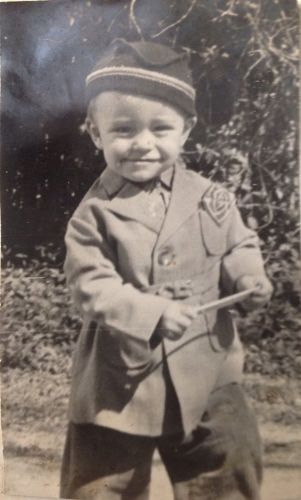
Lost & Found
Help reunite mystery or 'orphan' photos that have lost their families.
Photos with the names and dates lost in history. AncientFaces has been reuniting mystery and orphan photos with their families since we began in 2000.
This 'Lost & Found' collection is of photos foun... 

Political
Original photos of the politicians and political events throughout the past few centuries.
Welcome to a collection of photographs that document the fascinating history of politics. From democracies to monarchies, communism to fascism, and everything in between, this page captures the divers... 
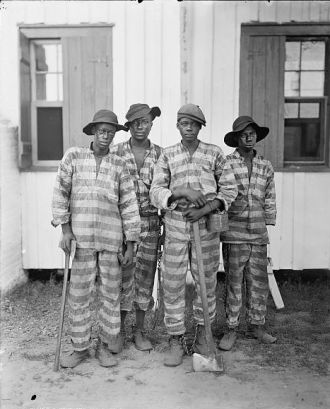
Notorious
The people and places that live on in our memories - not for good reasons but because of how they shocked and saddened.
Images of serial killers, mass murderers, despots and dictators, prisons, and the victims of these horrors. These people & places live on in infamy in our history.
There are the notorious killers: Th... 
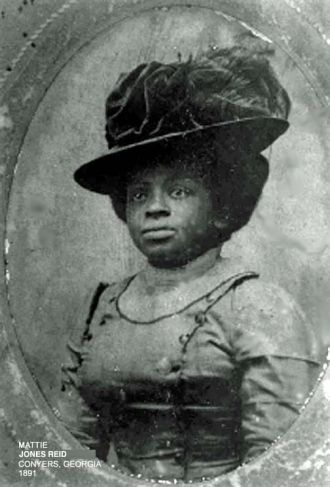
1800s
The 1800s where the end of the industrial revolution and the birth of scientists.
The Industrial Revolution began around 1760 and ran through the 1840's. Then began the birth of the profession of science. Louis Pasteur, Charles Darwin, Michael Faraday, Thomas Edison, and Nikola Te... 
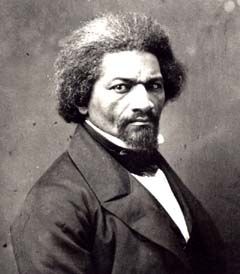
African Americans
See the faces of just some of the many African Americans who have contributed to building the United States into the country it is today.
African Americans in the early history of the United States had an extremely difficult start as immigrants. Having been primarily forced to immigrate to a new continent, African Americans worked throu... 

Native Americans
Images of the Native American people - the tribes, their dress, and their lifestyles. We honor and celebrate Native American history with this collection of historic photos.
The best way to understand the people who first inhabited North America, Native Americans, is through their own words. The following quotes contain some of the wisdom passed down through generations o... 
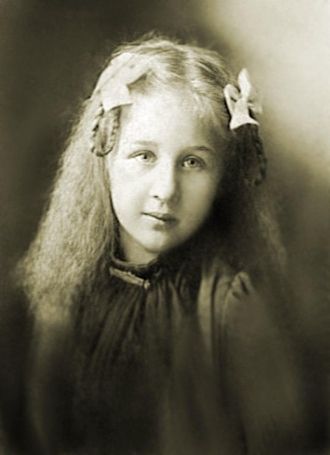
Popular Photos
These historical photos have generated quite the buzz!
This collection of historical photos has got people talking. These photos - either because of the subject and/or the story - have generated a lot of comments among the community. What do you have to s... 

Fashion
Discover how fashion has changed over the years with this collection of photos.
Fashion styles & vintage clothing throughout the decades that will inspire, make you wish for those times again, or may make you ask "What were they thinking"?
Clothing styles have obviously changed ... 

Celebrities
Discover the lives and legacies of notable celebrities from the past, like Bette Davis and John Wayne, by browsing photographs of them in their prime.
The lasting impact of celebrities from the past cannot be denied; they continue to be an essential part of our cultural history. Through their talent, charisma, and unique personalities, they entertai... 
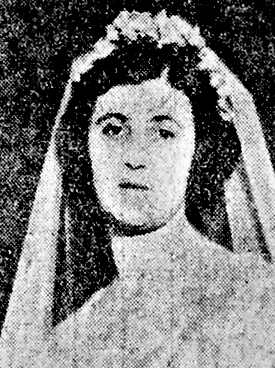
Eleanor Jeanne Riese was born to Caspar Edward Riese (1893-1943) and Ora M. Meyer-Riese (1904-1987) in San Francisco, California, and had siblings Nancy Estelle Riese (1927-2011), Chapman David Riese (1930-2011), and a half sister Madeline Diane Riese-Jones-Takamine (1934-2005).
Eleanor was diagnosed with schizophrenia when she was 25, and was in and out of hospitals throughout her adult life. She sued St. Mary's Hospital in San Francisco for her right to refuse antipsychotic medication, and went to trial in 1989 when she was 44 years old. Her lawyers argued that she developed physical symptoms caused by the antipsychotic medication that she did not consent to.
At the time, California had protections placed to protect patent's rights to refuse treatment with the LPS Act, however, this act did not specifically address those patients suffering from psychotic episodes. The court decided unanimously that patients who were involuntarily committed to health facilities for short-term crisis care COULD refuse to take antipsychotic medications.
Eleanor's life story gained attention with the release of the movie "55 Steps" which premiered at the 2017 Toronto International Film Festival.
A synopsis of Eleanor's life has been presented on Ancestry. It includes her inspiration for the movie "55 Steps". See Her story on Ancestry - by Robert Tull for more details.
On IMDb, the movie is described as follows: "When patients' rights lawyer Colette Hughes goes to meet her new client, Eleanor Riese, a patient in the psychiatric unit of a San Francisco hospital, she has no idea that besides taking on an uphill legal battle to improve treatment for mental patients in hospitals, she is meeting a woman who will make it her mission to transform Colette's workaholic life."
Helena Bonham Carter played Eleanor, who had been diagnosed with chronic paranoid schizophrenia, in the movie.
See The steps to 55 Steps by Mark Bruce Rosin to read an article by the writer of the movie that recalls his meeting with Eleanor and explaining why he wrote the screenplay.
Miriam E Zorbis of Oklahoma City, Oklahoma County, OK was born on June 20, 1916, and died at age 82 years old on February 8, 1999.




